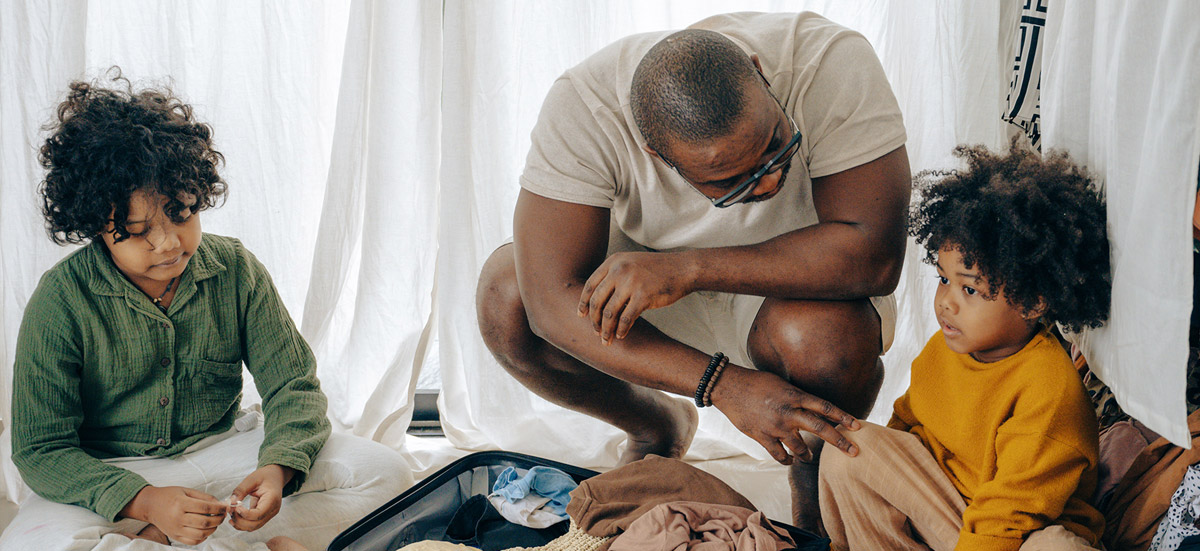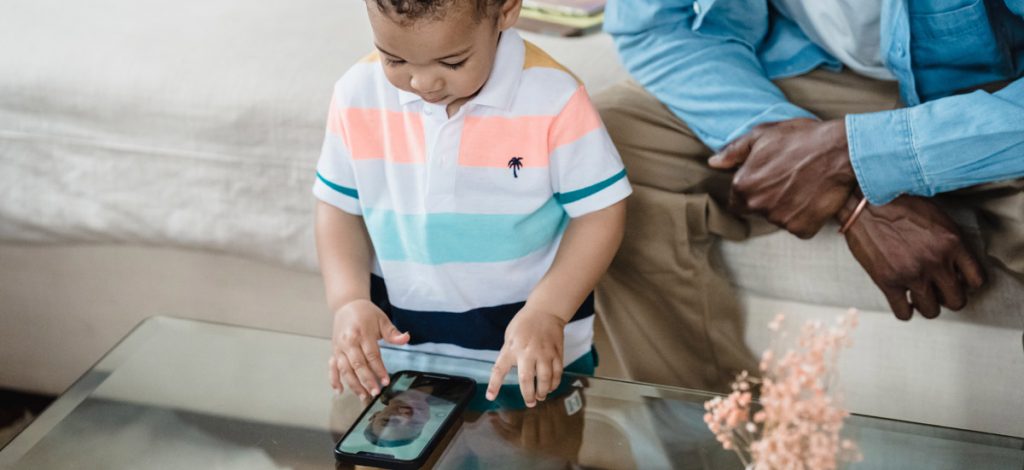If you are co-parenting your children with your ex-partner, you will know how important changeover is.
Changeover (also referred to as handover) is the time when your children move between homes. Whether this be for a night, the weekend, a full week, or even longer during a holiday period.
This challenge is different for every family and generally it gets easier over time. Like everything, the more you do it, the better you will get at it!
If you are new to co-parenting or are struggling to find your groove with changeover times, this article has some helpful tips to make it smooth and stress-free.
FIND A ROUTINE THAT WORKS
When it comes to changeovers, finding a routine that works for everyone in the family is super important. It only takes one parent or child to struggle, and the wheels can fall off for everyone.
Routine is not only about the time and place of the changeover, but also about “how” they happen. Knowing what to expect at this crucial time is comforting for children and parents alike. Even down to the amount of time the changeover takes, how the parents converse and how the children’s belongings are prepared.
If changeovers are erratic and inconsistent, they will create foreboding in your children as they worry about what is to come each time they move to their other home.
CHOOSE THE RIGHT PLACE AND TIME
It is worth putting a lot of consideration into where and when to do the handover. Note that what works for others, might not work for your family so make your decision based on the unique needs of your tribe.
Bear in mind that most families must try a few different ways before finding one that works. As your children grow older and change schools or sports, or work commitments change for you or your ex-partner, you might need to adjust how you do changeover. Like everything in the parenting journey, it will be ever-changing!
Where and when you choose to do the changeover will depend largely on the type of relationship you have with your ex. For example, if you don’t get on well then you can use school or childcare to your advantage by one of you taking the children there in the morning, and the other parent collecting them. However, if you are on good speaking terms it is nice for the children if handover is a casual, happy event at one of your homes.
See below point for other options for handover, depending on the kind of relationship and level of communication you have with your ex-partner.
BASE IT ON YOUR LEVEL OF COMMUNICATION
We can’t talk about anything related to co-parenting without mentioning communication! In fact, how you communicate with your ex-partner has a big impact on your changeover arrangement.
If you are at the stage where communication is desperately hard (and yes, your kids will sense this even if very little is said) then consider a non-contact change-over. This could be similar to the afore-mentioned use of a facility such a school or day care centre.
Many ex-couples opt for somewhere public for handover such as a park or café to take the edge off trying to make friendly conversation. The atmosphere in a public setting can make it more informal and provide welcome distraction for the children.
If you are unable to meet with your ex-partner without an accompanying argument or negative communication from one or both parties, you will have likely been advised or court ordered to have supervised handovers. These can be done with the presence of a mutual friend or family member, or possibly even via a Supervised Contact Service. Having someone present will ensure communication is monitored, which will bring out the best behaviour in everyone.
For ex-couples who have an amicable relationship and communication is respectful, changeovers can be a nice time to catch-up. By doing this you are role modelling to your children what a healthy relationship looks like, even though you are no longer together. You should aim for this arrangement, even if it doesn’t work now.
MAKE IT COMFORTABLE FOR THE KIDS
Moving between homes is undoubtedly one of the hardest parts of a family separation for children. However, there are ways to make it less upsetting and, in some cases, enjoyable.
Dependant on the age of your child/ren, work on establishing a constant routine before they leave your home to go to the other parent, and another for when they come home. Before they go, this could be cuddling up with a book or a favourite TV show, or for older kids, spending time helping them get organised for the move. When they return, ensure you have one-on-one time with them to catch-up. Sitting down to family meal is a really nice way to get them back into the ebb and flow of life at your house.
For children, knowing what to expect is hugely beneficial as it removes anxiety and worry. If you can place structure around handover, if only at your home, it will make them feel more comfortable with the shared care arrangement.
BE ORGANISED
Successful changeovers are undoubtedly a fine art! If you are determined that it goes to plan, the key is organisation.
Organisation around handovers includes making sure that your children have everything they need for their move between homes. Depending on their age and the length of the stay at each house, this can be an exhaustive amount of stuff.
Using a list, ideally the same list at both homes, will ensure nothing is forgotten. It can also help to give your children peace-of-mind that they have everything they need.
Make sure that you help them (whatever their age) with getting ready for the move and that it is done with plenty of time to spare. Last minute running around looking for school socks is not conducive to a peaceful plan.
Being organised can really help everyone get through this tricky time without unnecessary stress and turmoil.
KEEP YOUR EMOTIONS IN CHECK
It is normal to feel emotional when your children leave to go to the other parents’ home, especially if it is for a long period of time, such as the holidays.
Even if you feel like balling your eyes out and preventing them from crossing the threshold of your home, you need to keep your feelings in check. Remember, that your children are watching to see how you behave and often, they will follow suit. This is particularly the case for young children.
Show that you are confident with the arrangements even if you are not. This means smiling and remaining calm whilst allowing them to share how they feel openly with you.
It is common for children to worry about the parent they are not with. If you feel this is the case with your child, reassure them that you have plenty planned for yourself while they are away and that you will be just fine.
If you can contact them while they are with the other parent, do so regularly but not too often. Try not to sound desperate or needy as this will cause them to worry or make them want to see you, and if they can’t, they may become upset. Simply let them know you are fine, that you love them madly and that you are looking forward to seeing them again.
For more support see: How to heal the rift with your ex and be a better co-parent.


